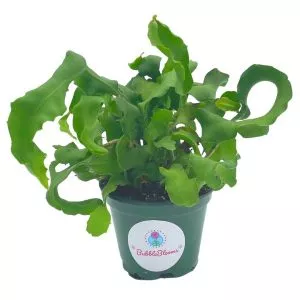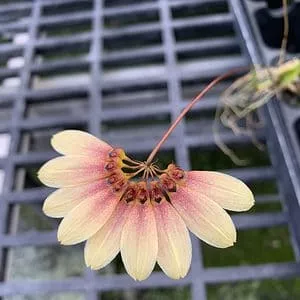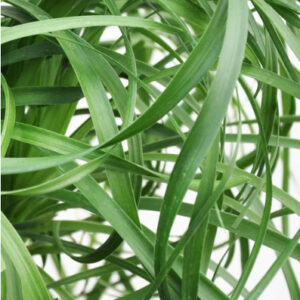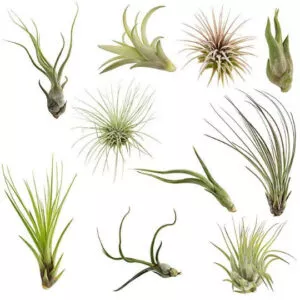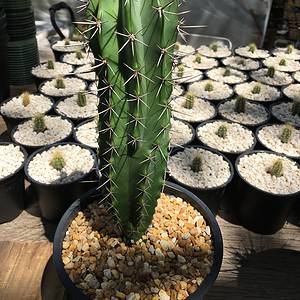No products in the cart.
Table of Contents
If you’re living in Florida, you might want to explore the native species available in your area. Native plants are normally neglected because we are often enticed by new breeds. Little did we know that such plants play a very crucial role in the Florida ecosystems.
These species are low-maintenance plants because they’re naturally adapted to the local conditions. They also provide shelter to the existing wildlife like birds and even attract pollinators like butterflies and bees.
So, if you’re interested, we have listed below the 37 common native plants that can be found in your area.
37 Common Florida Native Plants
Beach Sunflower
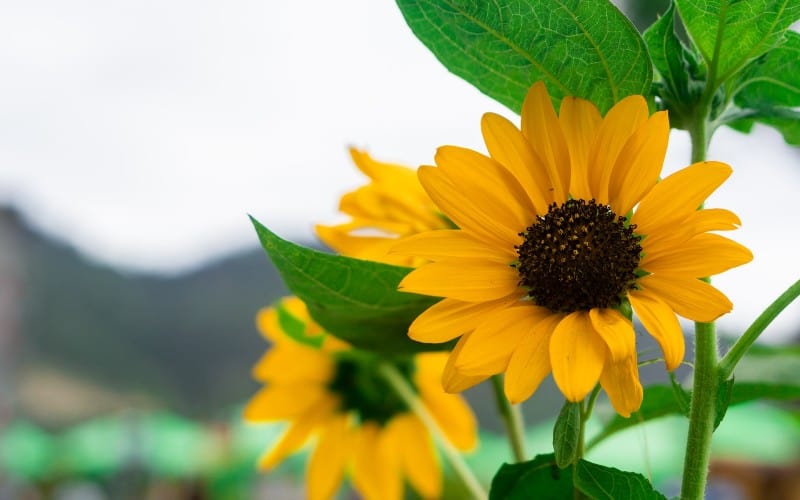
The Helianthus debilis or beach sunflower is a beautiful perennial plant that can be found in coastal areas. It produces sunflower heads that are smaller in size reaching only up to an inch in diameter. The good thing about this species is that it bears flowers all year round making the entire place attractive. The seeds that they drop also grow into new, young sunflowers.
A place planted with beach sunflowers becomes a haven that attracts butterflies. As a drought-resistant plant, this beach sunflower is quite easy to grow and maintain.
Black-eyed Susan

Black-eyed susan or the Rudbeckia hirta is a popular native wildflower. It looks almost the same as the beach sunflower with bright yellow petals and a brown center. It easily spreads because of its ability to self-sow.
This is also the reason why it’s called a blanket flower. Once it multiplies, it can easily cover the ground like a blanket.
Carolina Jessamine

A plant native to South Florida, Carolina Jessamine is a sprawling vine that can grow stems as long as 20 feet (6 meters). This outdoor plant is scientifically known as Gelsemium sempervirens and is popular for the fragrant yellow blooms it produces in late winter and spring.
If you are fond of vines, you should definitely grow this one in your garden.
Columbine

A plant known to attract hummingbirds, Columbine is another native species in Florida that you must pay attention to. The blooms produced are of bell shape and they range in color from light pastels to yellows, oranges, purples, bi-colors, and bright red flowers.
Another thing to love about Columbine is that it’s drought tolerant so care and maintenance aren’t that demanding.
Coral Bean
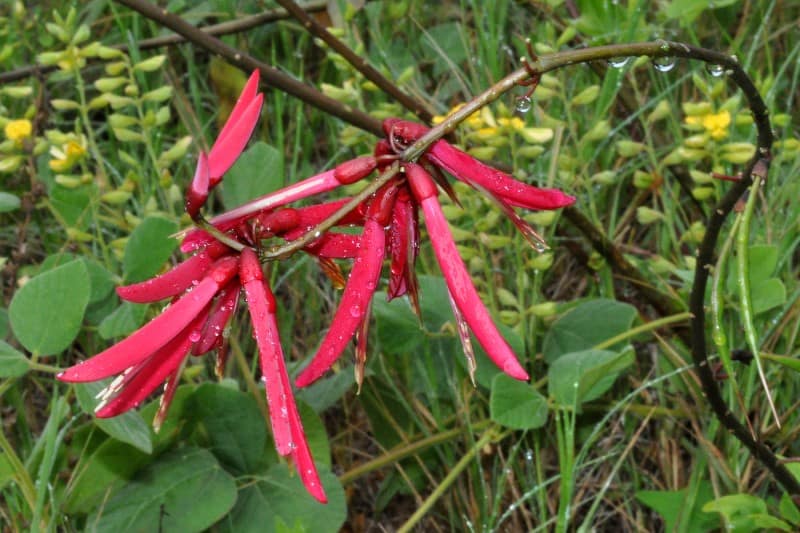
An attractive perennial shrub that can easily capture the attention of bypassers, the coral is surely a great choice for an outside landscape. It produces tubular flowers that are red in color luring butterflies, birds, and other pollinators.
This species is naturally found in North and Central Florida. Although it’s very pretty, coral bean is also known to be poisonous. So, please take extra caution in handling this plant.
Coral Honeysuckle

Just like the coral bean, the coral honeysuckle also bears beautiful tubular blooms that are red in color. The difference, though, is that this Florida native is a high-climbing species. It can extend to a length of 3 to 20 feet. If you’re planning to install arbors, this one makes a great addition.
Its flowers are more prominent when it’s exposed to bright, full sun.
Passion Flower

The passion flower is another climbing vine that produces stunning flowers. It’s best grown along trellis or fences. Be ready to do regular pruning as the plant can reach about 20 feet in height.
Apart from its ornamental value, passion flower is also used to alleviate conditions like anxiety, insomnia, seizures, and hysteria. Some passion flower varieties are also known as edible plants because they produce fruits that can be eaten raw.
Railroad vine
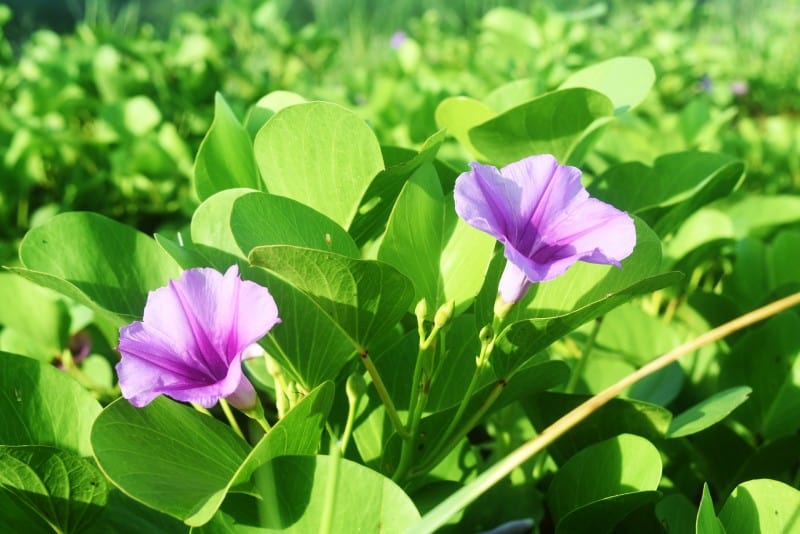
Otherwise known as beach morning glory, this railroad vine species is another member of Florida’s native plants. It is a popular ground cover in beach or coastal areas because it can thrive in sandy soils. It’s also known to be salt tolerant.
Like the morning glory, their flowers open only in the morning and will last only for a day.
Scarlet Salvia
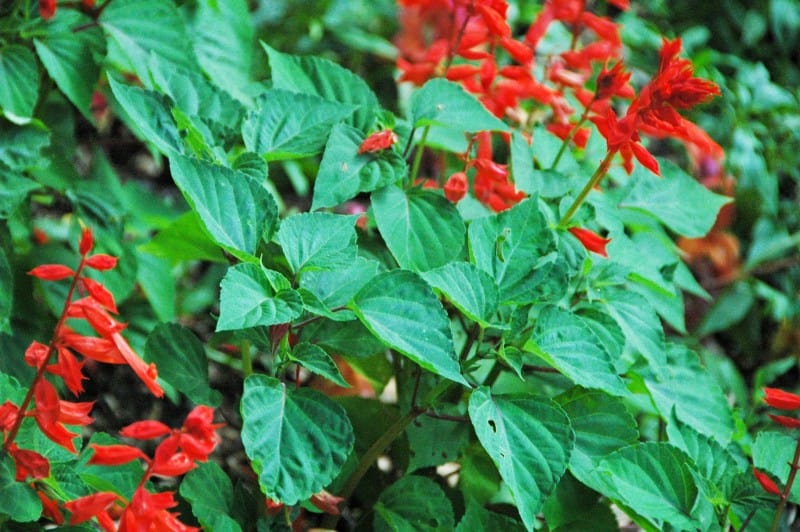
The scarlet salvia is an attractive shrub plant because of its tubular, red petals. You can either cultivate it as bedding plants or edging plants. They’re quite suited for flowering gardens as they are very effective in attracting butterflies and hummingbirds.
This Florida species is considered a perennial plant but once grown in temperate regions, it becomes annual. Scarlet salvia is botanically known as Salvia coccinea.
Swamp Mallow
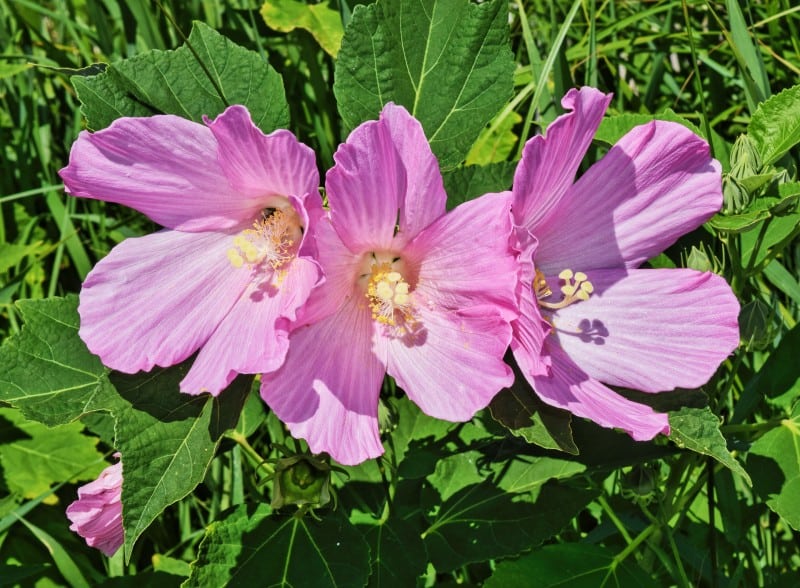
Along the swampy areas of Florida, you’ll notice growing shrubby plants that produce attractive flowers like that of hibiscus. That species is known as Swamp Mallow or Hibiscus moscheutos. Swamp mallow loves wet soil and a moist environment that has plenty of exposure to the sun.
It’s hardy in places under USDA Hardiness Zones 5-8.
Swamp Lily

Another native plant that thrives in Florida is the swamp lily. As its name implies, this plant can be found in marshy, swampy, and wet areas. It’s a bulb-forming perennial that produces fragrant white flowers.
The leaves are strap-like, growing erect from the bulb and reaching a maximum size of almost 3 feet.
-
Free Shipping$20.99Sold By: Gar-Zen Botanical Design
In stock (can be backordered)
Snake Plant Dwarf Birds Nest Plants (2) Ship Free
Rated 4.86 out of 5 based on 49 customer ratings00Sold By: Gar-Zen Botanical Design -
$39.99Sold By: BubbleBlooms
In stock
Curly Sue big in 4 inch pot, Epiphyllium guatemalensis mostrouse, Curly locks orchid cactus, pink flower cactus, grows large
Only 96 available and it’s in 1 people’s basketRated 4.81 out of 5 based on 279 customer ratings00Sold By: BubbleBlooms -
Free Shipping$34.99Sold By: Aloha Hawaii Orchids
$39.99In stock
Bulb. Daisy Chain ( Makoyanum x Cumingii ) 2″
Rated 4.65 out of 5 based on 268 customer ratings00Sold By: Aloha Hawaii Orchids -
$44.99Sold By: Carlo's Plant Farm
In stock
Ponytail Palm – 4 inch pot | Carlo`s Plant Farm
Rated 5.00 out of 5 based on 22 customer ratings00Sold By: Carlo's Plant Farm
Swamp Sunflower

A close relative of the garden sunflower, this swamp sunflower is also sun-loving. Their flowers look similar but this one has a different growing requirement. Swamp sunflowers love to grow in moist environments and in wet soil.
Thus, they are best located in swampy or boggy sites, making such places attractive.
Beautyberry

The most striking thing about beautyberry is not the foliage nor the flowers, but the purple (or white) berries that grow in clusters around its stem. with these fruits, this woody shrub provides beautiful attraction in landscapes as well as food for the wildlife.
You’ll observe the fruits to be available during late summer to early fall. You can even save those berries for jams and jellies as they are edible.
Coontie

The coontie looks like a small fern with its featherlike leaves. It’s a cycad plant that is perfectly suited for a tropical garden landscape. This Florida native is very easy to care for and maintain as it has a wide tolerance to a number of stressors.
It can tolerate drought, cold, and shade. To some degree, it’s also salt tolerant.
Fakahatchee Grass

Also found in wet locations like river banks, hammocks, and swamps, the Fakahatchee grass is another native in Florida that is cultivated in landscapes. These grasses are either planted as an accent or as borders.
Either way, the clump of that grass-like foliage perfectly adds texture to the garden. More importantly, they provide food for the larvae of Byssus Skipper butterfly.
Firebush

The fire bush is known as such because of its flame-colored flowers. It’s a huge, woody shrub that can grow up to 15 feet in height. However, you can also keep it small and compact with proper pruning. It’s a native plant popular in Florida because of its gorgeous flowers.
On top of that, this shrub is also known to be pest and disease-resistant. What more can we ask for?
Muhly Grass

Muhly grass is not your ordinary foliage grass. Plant it in any landscape and it will surely catch anyone’s attention with those soft, fuzzy flowers that are reddish pink in color. These hairy blooms appear at the end of the growing season and die off at the end of fall.
These clumping grasses make a spectacular and fairytale-like experience for anyone visiting.
Oakleaf Hydrangea
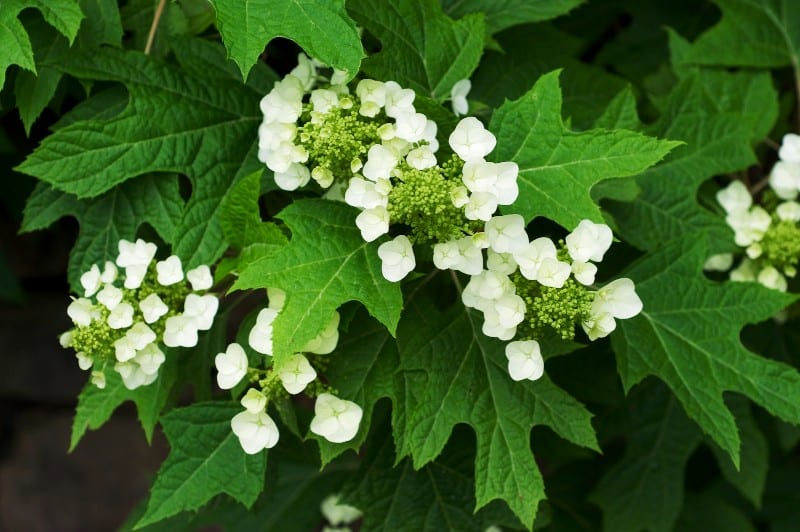
Oakleaf hydrangea is known as such because it has a similarity to an oak tree. They’re both deciduous, meaning their leaves shed after they turn red or purple in the late fall season. The blooms, however, are in close resemblance to a bunch of hydrangea flowers.
It’s just that it follows a pyramid shape. This shrub makes a striking appearance in every garden.
Sea Grape

In South Florida, you’ll see this native plant named sea grape. The term “sea” in its name implies the nature of its habitat wherein it thrives along coastlines. It’s a large shrub plant with rounded leaves and upright branches.
In summer, mature shrubs bear fruits that look like that of grapes. The fruit is edible and can be processed in jams and jellies.
Southern Shield Fern

If you wish to have a foliage plant that tolerates shady areas, then go for Souther Shield fern. It has triangular fronds that grow in clumps and spreads over time. The interesting thing is that the light green foliage turns bronze during the fall.
Remember to keep the plant moist. Water during dry spells then cut back the fronds before the spring season.
Star Anise

You’ve probably heard of star anise as an ingredient in cooking. But do you know that this popular spice comes from evergreen trees? You can plant it as a standalone or in groups to create a hedgerow. It can grow up to 10 feet in height and is a really fast grower.
During its reproductive stage, star anise bears white flowers.
Walter’s Viburnum

Another native of Florida is the Walter’s Viburnum, a plant that you can grow either as a tree or a shrub depending on your purpose. The interesting thing about this species is that the leaves produce an appealing fragrance once crushed.
Once it flowers, the entire tree is covered with small white flowers. This attraction is particularly helpful to pollinators.
Wild Coffee

Have you ever thought of planting coffee in a garden? Well, you can! A close relative of true coffee which is known as wild coffee is another Florida native that can be planted in a garden. This indoor plant has beautiful glossy leaves and small white flowers during spring and summer.
From summer to fall, they bore small berries. However, these beans don’t contain caffeine as compared to the true coffee species.
Yucca
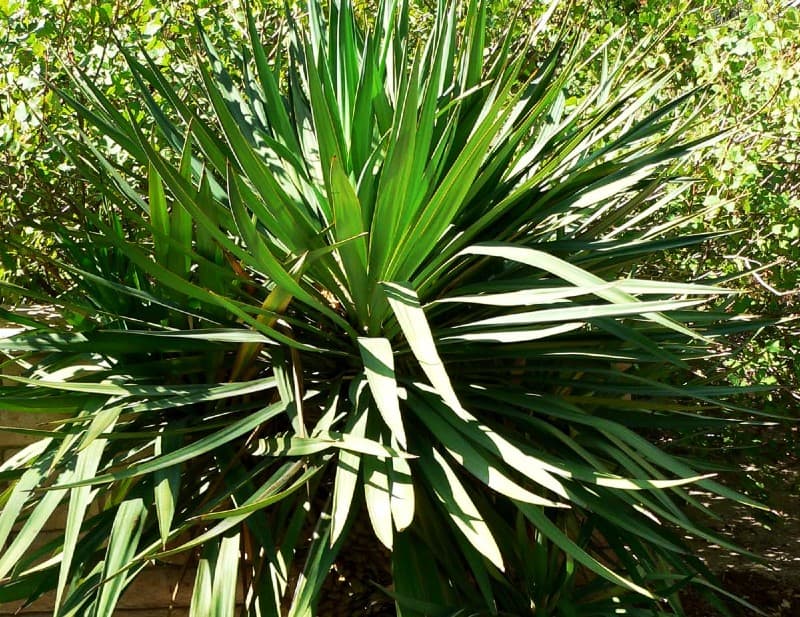
The yucca plant is a species that is suited for an indoor setting. You’d often see this grown as a houseplant. It’s an herbaceous perennial that is tolerant to drought, thanks to its trunks and bulbous bases. Its main attraction is its sword-like foliage.
This species is very easy to maintain. Just refrain from overwatering.
Chickasaw Plum
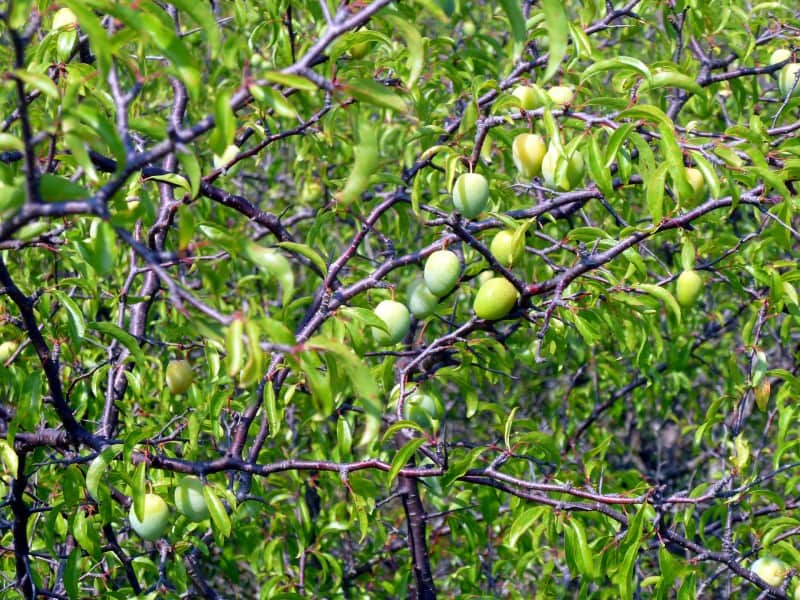
This small tree is known for its fleshy fruit known as tart plums which can be eaten either raw or dried once they ripen. Chickasaw plant is a small tree that is ideal for planting if you have a small yard. It produces clusters of small, white flowers that have a fragrant odor.
This tree is a fast-growing one and is relatively easy to maintain.
Florida Maple

Florida maple is a tree that can reach up to 60 feet in height. Yes, it’s a huge one! However, most often, the tree only reaches the size of 30 feet tall. It’s a beautiful tree known in Florida for the dramatic change in its leaf color during the winter.
It displays a muted yellow to reddish bronze leaf color. This species is best planted along streets and in huge spaces.
Gumbo-Limbo Tree
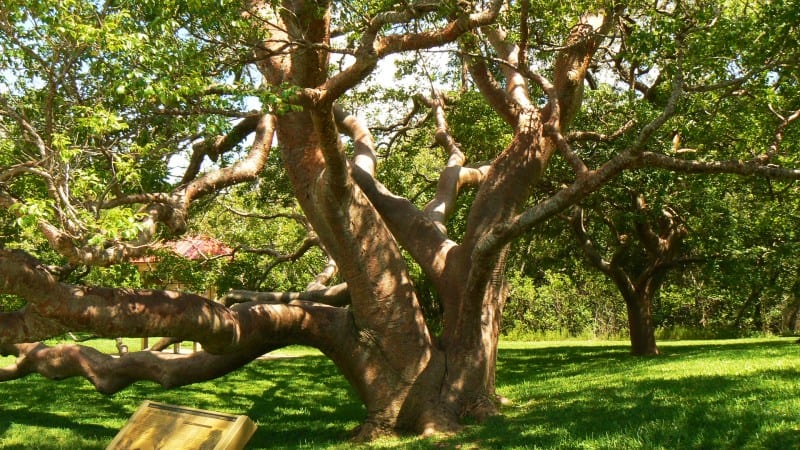
Gumbo-limbo is a South Florida native. Like the maple, this one is also huge reaching up to 60 feet in height when mature. It grows pretty fast too. This tree is tough and low-maintenance.
It can withstand drought conditions and is a salt-tolerant one.
Red Buckeye

Looking for another shrub or deciduous tree that produces striking flowers? This red buckeye is just the right option. Also known as scarlet buckle eye or firecracker plant, this one is particularly stunning for those red flowers.
This is also native to South Florida and will grow in areas under USDA hardiness zones 4 through
Saw Palmetto

Saw palmetto is a type of palm plant that is slow-growing, clumping, and multi-trunked. The stems are stout and produce foliage that resembles the shape of a fan. Aside from its ornamental value, the ripe and dried berry has a medicinal function.
According to the University of Rochester Medical Center, saw palmetto may reduce the symptoms of an enlarged prostate.
Southern Magnolia

Regarded as pest and disease-free, this ornamental tree is a low-maintenance plant that will surely graze every landscape. Its foliage is large and glossy while the blossoms are fragrant and giant in size.
It is believed that southern magnolia is one of the oldest trees in the world.
Coreopsis

Another drought-tolerant species that are native to Florida is the coreopsis. The plant produces a mass of colorful flowers with hues of yellow, orange, rose, lavender, white, or even bi-colors. They belong to the aster family.
They’re quite easy to grow and are sun-loving.
Firebush
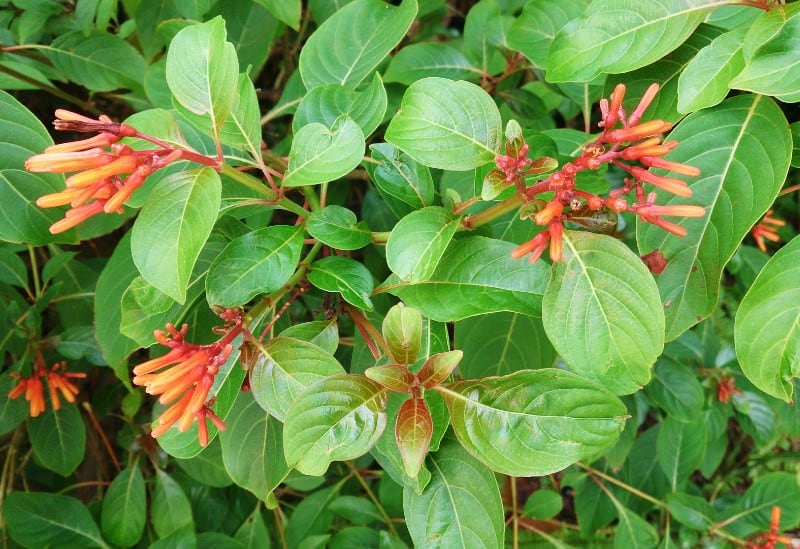
Another shrub plant that is best suited for a tropical landscape is the fire bush. It is called as such because of its bright red flowers, a known attraction to pollinators like butterflies and hummingbirds. If planted in an area that does not experience frost, the fire bush produces blooms all year long.
So, you have an entire year to enjoy its beauty.
Gaillardia
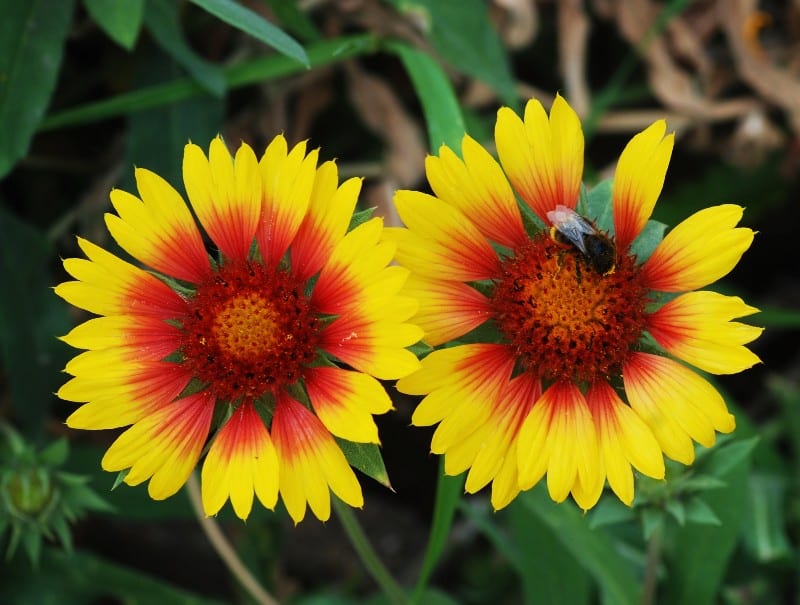
Gaillardia or blanket flower is a stunning perennial plant because of the blooms it bears. The flower is bright in colors of either yellow, orange, or red resembling the appearance of a daisy. They may be single, semi-double, or double depending on the breed or variety.
It is known as one of the Florida-friendly plants that you’ll find in the area.
Liatris

Liatris is also known as a blazing star or gayfeather. These plants look like grasses that bear spikes of purple flowers. One look at these flowers and you’ll see that they look like bottlebrushes.
You’ll most likely find them in scrub forests, sandhills, flatwoods, and upland pines in Florida.
Longleaf Pine
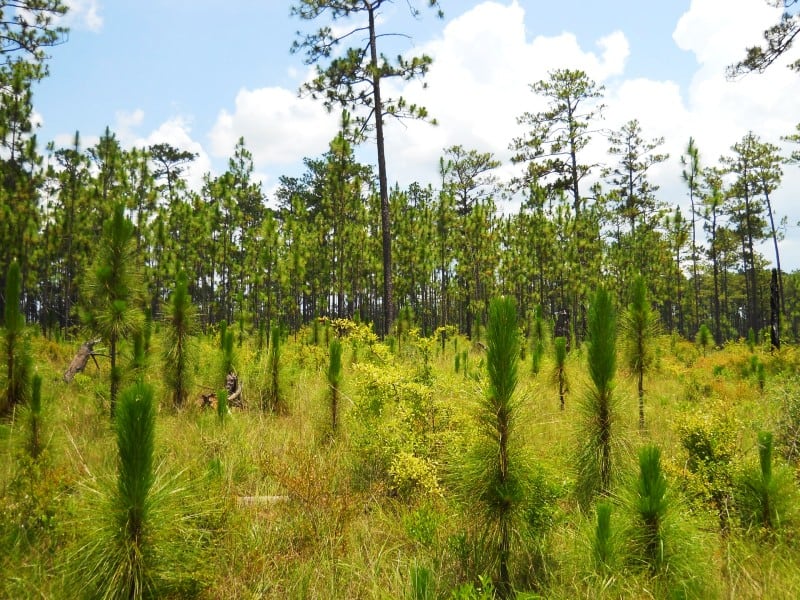
Longleaf pine is a tree that may grow up to 60 to 120 feet in height. It is botanically known as Pinus palustris. It is characterized by having feathery and needle-like leaves. It also produces large, spiny cones.
Interestingly, the longleaf pine takes about 100 to 150 years to mature.
Spiderwort

Spiderwort belongs to the genus Tradescantia. It is a herbaceous perennial shrub with weak and trailing stems. Because it is easy to cultivate, this plant is almost naturalized throughout the world. They can be planted either in garden beds, in pots, or in hanging baskets.
The flowers range in colors from blue, pink, purple, and white. The leaves, however, are known to be poisonous.
Wax Myrtle

Another evergreen tree that you will find as a Florida native is the wax myrtle. They can be grown as ornamental trees or hedgerows. Although their height can reach a maximum size of 15 to 20 feet, they usually grow shorter.
A female wax myrtle produces grayish-white fruits.
Final Thought
Native plants are often neglected in their area of origin. Most of the time, we are enticed to cultivate newly introduced plants. However, we must not neglect the importance of native species in our local ecosystem. Now is the time to explore your local nurseries in Florida.
Whether you want to buy, sell or simply reach out to other plant enthusiasts, Plantly is the right place to be!
-
Free Shipping$156.04Sold By: BONSAI WORLD LLC
Only 1 left in stock
Ficus Kaneshiro Bonsai Tree (ficus microcarpa ‘kaneshiro’)
Only 1 available and it’s in 1 people’s basketSold By: BONSAI WORLD LLC -
$45.00Sold By: Beauties & Beasts
$50.00In stock
Ceramic Planters- Rae Dunn by Magenta Stem Print- Set of 2
Rated 4.83 out of 5 based on 24 customer ratings00Sold By: Beauties & Beasts -
Free Shipping$18.95Sold By: CTS Air Plants
In stock
Air Plants Tillandsia Collection of 10 Easy Houseplants
Only 100 available and it’s in 2 people’s basketSold By: CTS Air Plants -

